Excuse me, but my pictures are not underexposed!
After a long absence at ClubSnap, I'd finally pull myself back into the photographic forum, to take a look at posts made by some of my friends, and to check out on the ongoing activities. While I was really tempted at times to post critiques (or comments) on pictures, especially those posted in the critique corner, I have calmly went against the temptation, and learn to keep my mouth shut. The year long hiatus from photography, was largely a consequence from a frustrating year littered with numerous disagreeable job-hunting experiences, long period of depression, months of isolation, wallowing within my self-pity and lacking of motivation to do anything. Yes, it has been a horrible year for me, but it's not a lost cause. If anything, I'd finally appreciate how fragile a person can really be and how being tactful is so important in dealing with people's emotions and motivation to work. Incidentally, I'd also realised how dirty the business of job-hunting could be... but I'm digressing.
If anything, I'd really lost the flame in me. The spark that went against conventions for the sake of going against conventions. I'd also realised, largely through the learning from other people's experience, how important it is to respect someone's point of view, even if it conflicted your own. Hence, when I look at pictures these days, I would think twice, before even posting anything.
*** the previous me will probably just shoot the first thing that came to my mind ***
Having said that however, I let my emotions took the better of me, when someone commented that my friend's pictures were underexposed. I took the liberty to link that series in question here in this blog (will discuss with him later about the appropriateness). I think most people, will immediately think that these pictures are underexposed, with too dark a shadow that show little or no details at all; and little areas to focus on. While I agree on the points of dark, no detail and little area of focus, I am completely disturbed by the people jumping to the conclusion of the picture being underexposed.
Before I can comment extensively on my grievances against the usage of the term, a little background knowledge is needed with regards to exposure (for the benefit of those who have vague ideas on photography). In photography, images are made from the amount of light that is reflected from the source of the subject (or scene) to the light-sensitive material (film, photographic paper or CCD). By adjusting the aperture and the time of exposure, one can control the amount of these reflected light to the light-sensitive material. So, if the aperture is set to be relatively big (f/5.6 or bigger) and time of exposure is long (1 sec or more) in a brightly lit scene, the amount of light entered is probably larger than desired, having white-washed areas on the final image that do not contain details. This, for now, is called "over-exposure".
The inverse, i.e. small aperture and short time of exposure in a dark scene, will result in extensive shadows, due to limited light entering the light-sensitive material. This, for now, is called "under-exposure".
For an automated camera, the camera do the thinking for the user, in gauging the scene the user point, and use a wide-array of metering methods to determine the "best" results for the user. This is achieved by following set rules in the camera, so that most details of the scene are recorded (shan't dwell too deep into this for the purpose of the blog).
This set rules are also followed by a lot of photographers out there. Regardless of whether they follow or understand these rules consciously or subconsciously, one thing is for sure: lots of photographers are entrained, so much so that they form a standard for exposure. That is, a correct exposure is one where most of the details of the scene are shown, within the threshold of a certain set scene. For instance, in closed room conditions, photographers expect a correct exposure to reveal details of everything at the depth of view; in a sunset scene however, they expect a correct exposure that reveal details of most of the scene, while accepting that lost of details in the bright spot depicting the sun is inevitable. By deviating from this so-called correct exposure, terms like "over-exposure" and "under-exposure" are used.
What's irritating is that this set rule is often not spelt out. However, this set rule is immediately identifiable as a rule to capture and reflect reality. This leaves little provision for works that transcends reality.
In my friend's series "Rainy Hot Afternoon", it was immediately noticeable to me that he was not interested in following the set rules of exposure. He was more interested in transcending reality, i.e. to show a vision of a scene that deviates from reality. For instance, while the theme "afternoon" often leaves us an image of brightly lit scene, he showed dark scenes, often related to the vision of "night". And in accordance to that pervasion of reality, he was in fact ignoring the set rules of exposure associated by other photographers, opting to adopt his own set of exposure rules. In that sense, his pictures weren't actually "under-exposed", but are at correct exposure.
Having explain all this, why then was I so disturbed by other photographers stating that the scenes are under-exposed? To me, by saying the scene is under-exposed, is not just an issue of different photographers not seeing eye-to-eye with each other. It's more like people trying to impose a certain set of conventions, while unable to acknowledge the fact that someone was trying to break away from this conventions. Also, the action of correcting the technicality of a certain person, is also a way of imposing their technical superiority over the person. That could be quite an insult to established photographers, if taken the wrong way. Luckily, I doubt this friend of mine have taken that in the bad light.
The nagging issue that disturb me the most, is the way people keep on following conventions unquestioningly. This attitude transcends not only in politics, but also in art, music and photography. In music for instance, people still continue to throw money at well-established music-form that does absolutely nothing in pushing the envelope. How many people even heard of advant-garde musicians like Steve Reich, Philip Glass, John Adams, John Cage, Terry Riley and Iannis Xenakis? Similarly, how many people can actually appreciate the numerous non-fashion photographers that pushes the limit in photography?
Frankly, I didn't really thought that it was a big deal when Khairi told me at first, how comments of under-exposed keep popping out whenever he do this. Heck! The only comment I'd bothered to reply to Khairi was "Wah! The saturation level, beh tahan leh!" I guess I was so used to pushing the envelope that I wasn't entrained within that convention, and bothered to look beyond, into the irritating saturated colours (personal prejudice against saturated colour). It's only when I go back on ClubSnap to see the extent of the comment, and through further contemplation, that I realise that the issue is a much bigger one.
Can we then expect people to appreciate more of this transcending of reality? Hopefully not. For if this thinking of challenging the convention ever become mainstream, then those who are already pushing the envelope have to work even harder to move it to the next level. Although this might make those involved in transcendental imaging to push the envelope further (and perhaps even more outrageous kind of expressions), it is not entirely feasible for people to be acceptance to what is perceived as a norm or standard. A closed-mind is exceptionally hard to penetrate.
Expectations aside, a more conventional approach may simply be exposing people to alternative forms of imaging, and work to reply or educate to those who seems genuinely interested or open to transcendental work. Care has to be taken in not wasting unnecessary time to those who are only interested to prove their thinking as the gospel truths. (additional input on 26 August 2008)
Rainy Hot Afternoon by Muhd KhairiIf anything, I'd really lost the flame in me. The spark that went against conventions for the sake of going against conventions. I'd also realised, largely through the learning from other people's experience, how important it is to respect someone's point of view, even if it conflicted your own. Hence, when I look at pictures these days, I would think twice, before even posting anything.
*** the previous me will probably just shoot the first thing that came to my mind ***
Having said that however, I let my emotions took the better of me, when someone commented that my friend's pictures were underexposed. I took the liberty to link that series in question here in this blog (will discuss with him later about the appropriateness). I think most people, will immediately think that these pictures are underexposed, with too dark a shadow that show little or no details at all; and little areas to focus on. While I agree on the points of dark, no detail and little area of focus, I am completely disturbed by the people jumping to the conclusion of the picture being underexposed.
Before I can comment extensively on my grievances against the usage of the term, a little background knowledge is needed with regards to exposure (for the benefit of those who have vague ideas on photography). In photography, images are made from the amount of light that is reflected from the source of the subject (or scene) to the light-sensitive material (film, photographic paper or CCD). By adjusting the aperture and the time of exposure, one can control the amount of these reflected light to the light-sensitive material. So, if the aperture is set to be relatively big (f/5.6 or bigger) and time of exposure is long (1 sec or more) in a brightly lit scene, the amount of light entered is probably larger than desired, having white-washed areas on the final image that do not contain details. This, for now, is called "over-exposure".
The inverse, i.e. small aperture and short time of exposure in a dark scene, will result in extensive shadows, due to limited light entering the light-sensitive material. This, for now, is called "under-exposure".
For an automated camera, the camera do the thinking for the user, in gauging the scene the user point, and use a wide-array of metering methods to determine the "best" results for the user. This is achieved by following set rules in the camera, so that most details of the scene are recorded (shan't dwell too deep into this for the purpose of the blog).
This set rules are also followed by a lot of photographers out there. Regardless of whether they follow or understand these rules consciously or subconsciously, one thing is for sure: lots of photographers are entrained, so much so that they form a standard for exposure. That is, a correct exposure is one where most of the details of the scene are shown, within the threshold of a certain set scene. For instance, in closed room conditions, photographers expect a correct exposure to reveal details of everything at the depth of view; in a sunset scene however, they expect a correct exposure that reveal details of most of the scene, while accepting that lost of details in the bright spot depicting the sun is inevitable. By deviating from this so-called correct exposure, terms like "over-exposure" and "under-exposure" are used.
What's irritating is that this set rule is often not spelt out. However, this set rule is immediately identifiable as a rule to capture and reflect reality. This leaves little provision for works that transcends reality.
In my friend's series "Rainy Hot Afternoon", it was immediately noticeable to me that he was not interested in following the set rules of exposure. He was more interested in transcending reality, i.e. to show a vision of a scene that deviates from reality. For instance, while the theme "afternoon" often leaves us an image of brightly lit scene, he showed dark scenes, often related to the vision of "night". And in accordance to that pervasion of reality, he was in fact ignoring the set rules of exposure associated by other photographers, opting to adopt his own set of exposure rules. In that sense, his pictures weren't actually "under-exposed", but are at correct exposure.
Having explain all this, why then was I so disturbed by other photographers stating that the scenes are under-exposed? To me, by saying the scene is under-exposed, is not just an issue of different photographers not seeing eye-to-eye with each other. It's more like people trying to impose a certain set of conventions, while unable to acknowledge the fact that someone was trying to break away from this conventions. Also, the action of correcting the technicality of a certain person, is also a way of imposing their technical superiority over the person. That could be quite an insult to established photographers, if taken the wrong way. Luckily, I doubt this friend of mine have taken that in the bad light.
The nagging issue that disturb me the most, is the way people keep on following conventions unquestioningly. This attitude transcends not only in politics, but also in art, music and photography. In music for instance, people still continue to throw money at well-established music-form that does absolutely nothing in pushing the envelope. How many people even heard of advant-garde musicians like Steve Reich, Philip Glass, John Adams, John Cage, Terry Riley and Iannis Xenakis? Similarly, how many people can actually appreciate the numerous non-fashion photographers that pushes the limit in photography?
Frankly, I didn't really thought that it was a big deal when Khairi told me at first, how comments of under-exposed keep popping out whenever he do this. Heck! The only comment I'd bothered to reply to Khairi was "Wah! The saturation level, beh tahan leh!" I guess I was so used to pushing the envelope that I wasn't entrained within that convention, and bothered to look beyond, into the irritating saturated colours (personal prejudice against saturated colour). It's only when I go back on ClubSnap to see the extent of the comment, and through further contemplation, that I realise that the issue is a much bigger one.
Can we then expect people to appreciate more of this transcending of reality? Hopefully not. For if this thinking of challenging the convention ever become mainstream, then those who are already pushing the envelope have to work even harder to move it to the next level. Although this might make those involved in transcendental imaging to push the envelope further (and perhaps even more outrageous kind of expressions), it is not entirely feasible for people to be acceptance to what is perceived as a norm or standard. A closed-mind is exceptionally hard to penetrate.
Expectations aside, a more conventional approach may simply be exposing people to alternative forms of imaging, and work to reply or educate to those who seems genuinely interested or open to transcendental work. Care has to be taken in not wasting unnecessary time to those who are only interested to prove their thinking as the gospel truths. (additional input on 26 August 2008)
(click on images for bigger pictures)

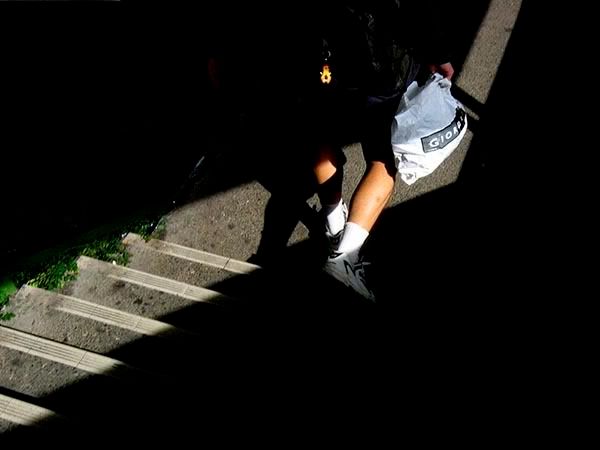
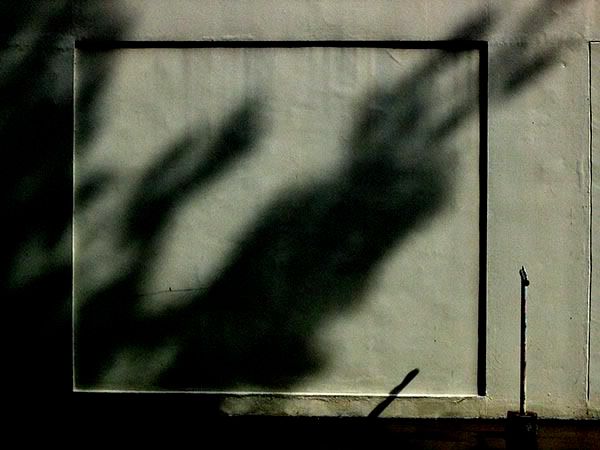
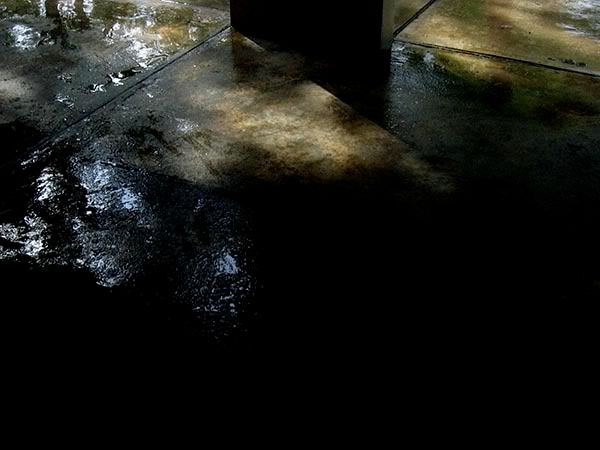
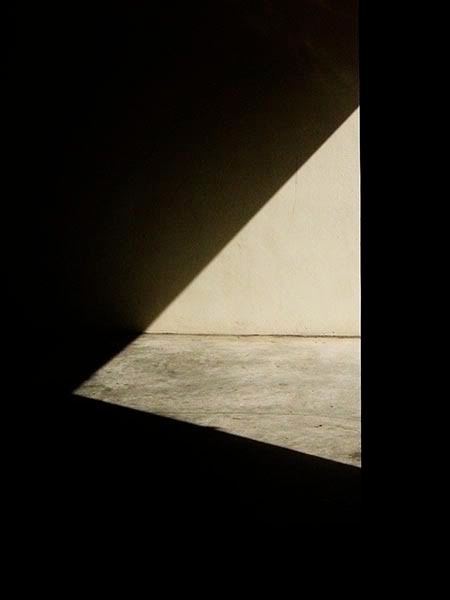

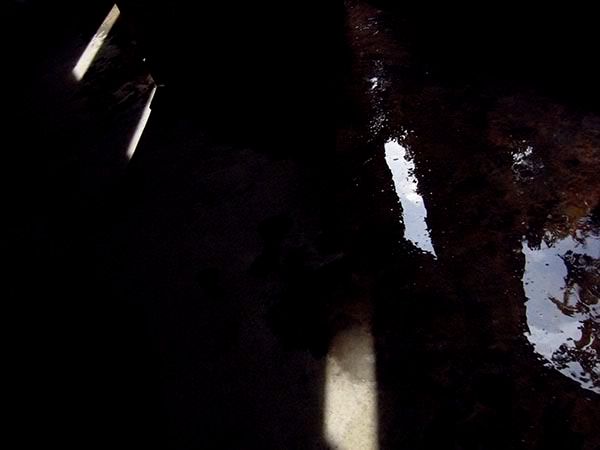

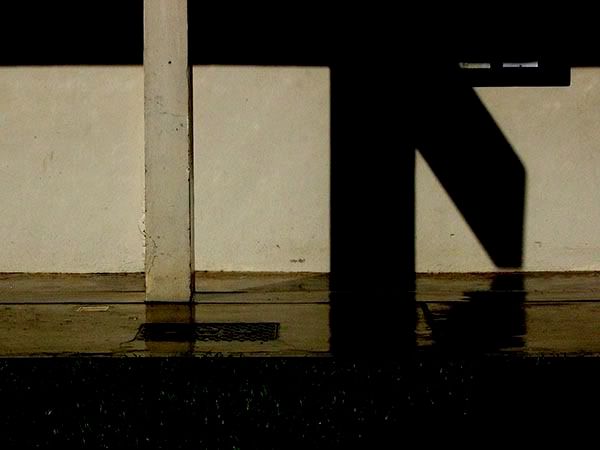

0 comments:
Post a Comment